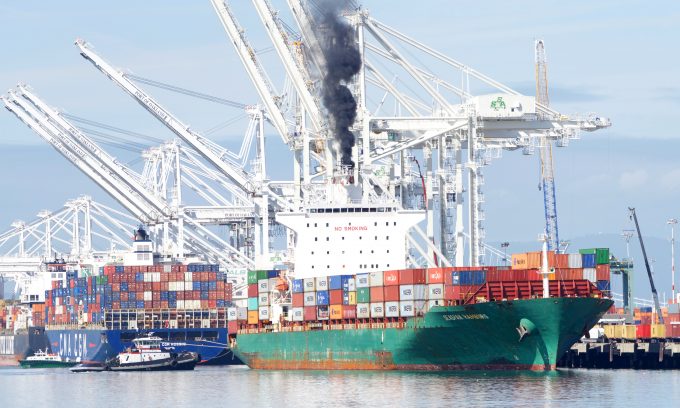Cargo Integrity Group reveals the most dangerous cargo found in containers
A list of 15 of the most dangerous cargo types commonly carried in containers has ...

Shipping has made mere “baby steps” towards decarbonisation, according to the Clean Shipping Coalition (CSC), even as industry figures hailed the shift towards a cleaner sector as great progress.
Shipping costs are already high for consumers of the service, but new measures to tackle climate change will ...


Comment on this article